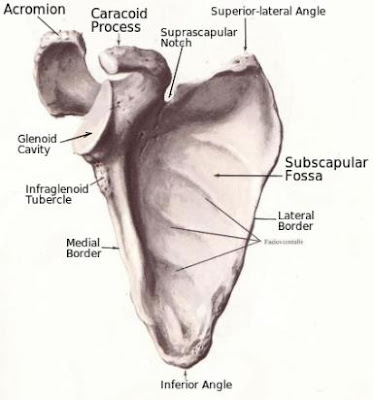The environment and evolution of Homo sapiens are intrinsically related to one another. A harsh landscape, with particular climatological circumstances, favored evolution for the better, which was the result of forced adaptation. The disappearance of tropical rain forest and the proliferation of grass and grassy plains during the Miocene and Pliocene boosted the proliferation of ruminants. When these grass-eating quadruped thrived, so did the carnivores and, later, the meat-eating hominid, who was at the beginning a bone breaker that ate the bone marrow of big animals as source of calories.
Idealist people, especially vegans, think that the human evolution took place in an ideal paradise-like environment; a tropical land covered by a jungle full of fruit trees and black soil that spat out potatoes and pumpkin onto the surface of the ground. The bloated minds of utopian people imagine that our ancestors could grab a banana by simply stretching their arm, and if they got tired of banana, he could simply walk a few meters and pick peaches from the peach tree; or he could walk over to the apple tree. Vegans think like that because that is what they do when they go to a supermarket. They just pick the fruit they feel like eating on that particular day, but they never stop to think that all those fruit and vegetable come from different far-flung lands, with different weather patterns, and they are brought to site and concentrated in such great amount by modern means of transportation, and that they are not the product of nature’s generosity but of modern agriculture and industry.
Things were not that easy for our ancestors hundreds of thousands of years ago, for the relation between environment and evolution of Homo sapiens is the story of fighting for survival. There was no tropical fruit or potatoes cropping up out of the earth by magic, for the strife to keep themselves alive took place on the dry grassland of the African savanna and on the cold grassland of the Asian and European steppes and plains. Every discovery of Homo erectus (as well as of the Neanderthal and Cro-Magnon) fossil remains took place in rough environments where the grass grow wild.
Where there is grass growing, there is no jungle. But, on the grassland, there were more important and vital things to eat than fancy fruit, and these things were key to the evolution of our brains. Those vital things are the ruminants (bison, gnu, deer, springbok, goats, sheep, etc) and horses. Homo erectus, the first human, did not have a digestive enzyme that enabled him to break down the coarse grass of the plain, but he did have (as well as today) two powerful enzymes that could digest the four-legged animals that ate the grass: lipase, which breaks down fat, and chymotripsin, which dissolve proteins; these are innate enzymes.
At the beginning, as he lacked the strength and speed of the ferocious feline beasts, he could only wait until a bison or a gnu was hunted by lions as he watched from a distance; his erect posture and stereoscopic vision made of him a sharp observer. Once the big cats ate the entrails and soft meat, the hyenas came over to eat the sinewy muscles and tendons. Then it was man’s turn to chase away the vultures and proceeded to tap the hardest pieces of the carcass to obtain the most delicious and nutritious part of an animal; the bone marrow and the brains.
Although he did not have fangs, serrated teeth, and strong jaws to crack open the long bones and skulls, he had a pair of hands with powerful thumbs opposing the other four fingers which gave him a powerful grab on a stone with which he was able to hammer the bones and skulls open with precision and skills. Then he would discover what an efficient weapon a long bone shard could be when tied to the end of a sturdy stick.
Bone marrow and brains contain high concentration of high quality calories as well as vitamin B12, B6, and B1, vitamin A retinol, zinc, etc. One gram of today’s junk food carbs has only 4 calories, while one gram of saturated fat contains 9 calories, and these are good calories because fat does not raise your sugar level in your bloodstream the way carbs do, but it give you more energy in the form of ketone bodies. Ketone bodies (β-hydroxybutirate and acetoacetate) promotes the bioneogenesis of mitochondria (the production of more mitochondria within a cell, especially within the neurons, accelerating the production of ATP, which means a fast metabolism). This induces the division of the cell and the production of myelin, especially around the cerebral cortex neurons axons.
Below, the grassland of Africa. As on the Asian steppes, there were no bananas, no apples, no pears, no peaches, no flour, no bread, no cereals, no pancakes, no jam, no cakes, no cookies, no beer. There was only tall grass, grove of flat-topped trees in the distance, and wild beasts and ruminants, and slim-wiry, crafty Homo erectuses that strove for survival, using his hands and his good vision.



































